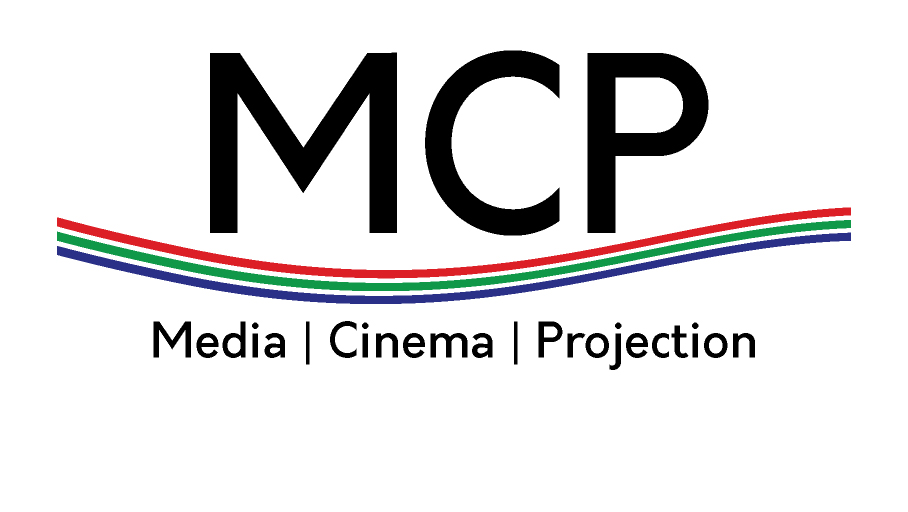Once a guerrilla marketing ploy, technical advances including hardware-only edge blending have widened projection mapping’s appeal to many industries
Projection mapping is no longer merely regarded as a guerrilla-marketing tactic for making a big PR splash on a well-known landmark – although this is still popular. Advances in mapping hardware and software alongside the use of accompanying, augmenting technologies have led to mapping being adopted into other sectors at a rapid rate in the last couple of years. Quite simply, the market has matured because there are more technological options available than previously.
Advances in technological innovations – including our own GeoBox hardware-only edge-blending range – have helped to push mapping beyond its physical and budgetary restrictions, allowing it to be used within environments that would have previously been impossible and deployed more frequently. Consequently, demand for projection mapping and its associated technologies – edge-blending, etc – has grown.
Years ago, video mapping featured almost exclusively in guerrilla marketing campaigns, including those by EDM artists. Now it has really hit large volumes, as evidenced by the number of major brands that use it. Big brands like Samsung, Nokia, HBO and BMW have all deployed projection mapping technology for product launches and brand-building.
Markets applications can be grouped based on the purpose of usage, including advertising (launch event, show) entertaining (performance, museum, amusement park), and product testing (choosing patterns, testing shapes- being able to visualise the different options with flexibility and low cost).
Today’s projection mapping servers and accompanying software are capable of realtime content manipulation, allowing mapping to be combined with tracking technology that auto-maps using lasers and cameras to map onto moving targets. In addition, 3D scans allow more accurate alignment and content creation.
The growth in interactivity as a result of more stable and efficient sensors and cameras and the integration of kinetic system controls has increased audience engagement, whilst augmented reality as a whole has become more sophisticated, leading to true mixed reality experiences. This growth in popularity of the marriage of physical and virtual content is producing dynamic digital canvases.
At the same time, visual experiences are growing in size, with larger arrays of projectors and the incorporation of LED panels – along with innovative lighting effects that expand the scale of the digital canvas whilst reducing costs.
When projection mapping could only be achieved by a few software solutions, the huge investments in time and money to master complicated software could be a real issue for many customers. With innovative hardware mapping solutions available in the market, more cost-effective options can be deployed, with shorter learning curves, and these new technologies are perfectly suited for fixed installations.
For example, in product showrooms, when software solutions are adopted and a different theme needs to be displayed, the whole projection mapping content needs to be recreated. However, with hardware projection mapping solutions, several patterns can be created and saved into the box at the same time, and when different contents need to be displayed on different patterns, users just switch display mode from one to the other without modifying the content.
Additionally, periodic alignment is necessary for fixed installations, (some projector image pixels can shift as a result of temperature changes or even earthquakes!). When using hardware projection mapping solutions, the fine-tuning work can be done easily using remote control, which also saves customer maintenance costs. Customers can have the projection mapping system run continuously with the least disturbance to business when source contents are changed or during maintenance.
